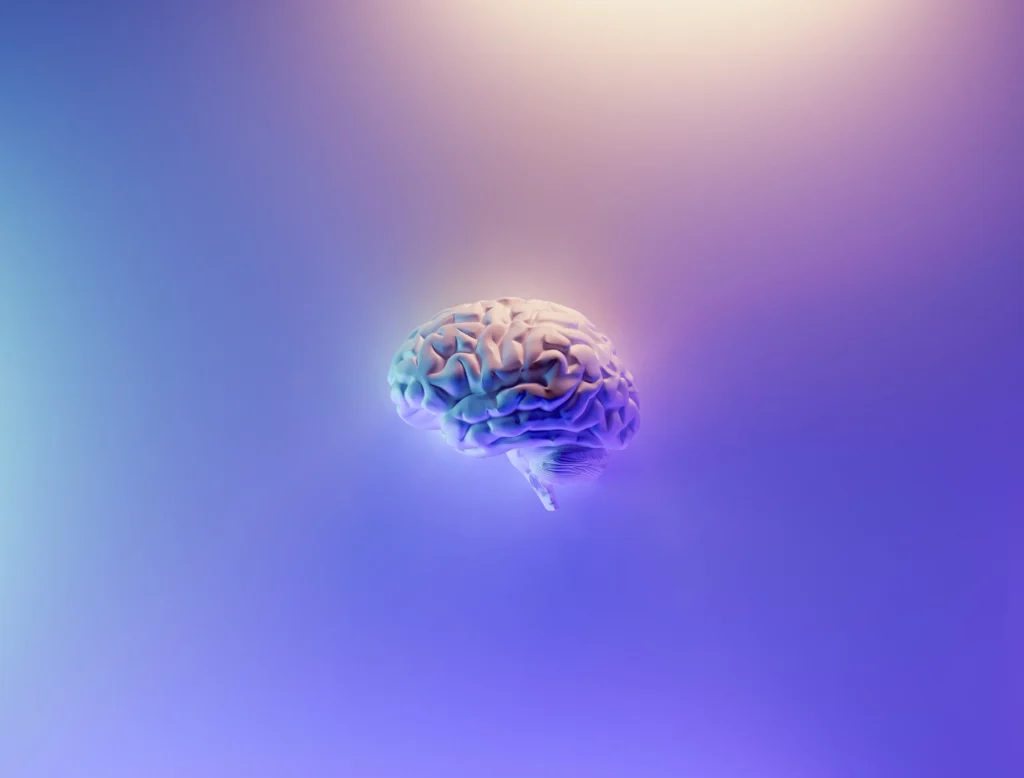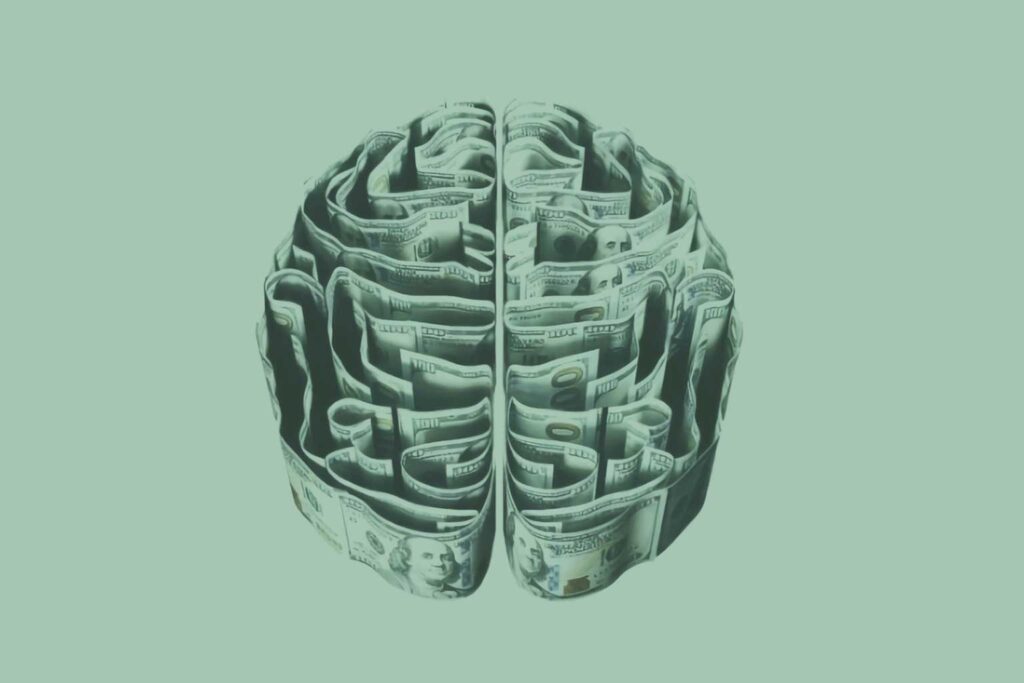Neuroscientists have studied our brain in terms of its structure, chemistry, and function to further understand the role and workings of cognitive control in our daily life. Although many examinations were carried out on animals’ brains and a vast amount of psychological research has been conducted on the same subject, there are still some knowledge gaps that remain to be discovered. For scientists, it is interesting to find how our brains’ anatomy and physiology form our consciousness and structure of mind. Neuroscientists have found two main structures within the brain that are associated with cognitive control:
1.Prefrontal Cortex
This region of our brain is the main part responsible for cognitive control and has displayed the most significant amount of evolvement from those of our ancestors. Its location is near our foreheads, in the most forward regions of the frontal lobes.
2.Neural Network
Although the prefrontal cortex has a vital role in terms of our cognitive abilities, studies show that it is not an isolated region. It functions as a node in an interconnected web of multiple regions in the brain known as the neural network.
The Role of the Prefrontal Cortex in Cognitive Abilities
It is worth mentioning that the prefrontal cortex is what makes us who we are because it is the central hub of our goal-setting and goal-enactment processes. The prefrontal cortex is in the most anterior regions of the frontal lobes. Surprisingly, the primary function of all areas of the frontal lobes is known. For instance, the motor cortex is the region that is responsible for our movement capabilities and is located at the furthest back point of the frontal lobes, approximately at the center of our brain. It is shown that a neural transmission influencing neurons of the motor cortex affects the neurons on one side of the spinal cord resulting in muscle stimulation on the opposite side of the body. Another example is the functionality of the lower-left region of the prefrontal cortex which is responsible for linguistic expressions.

The Myth That We Just Use 10% Of Our Brains, Is It True?
There is a myth that we just use 10% of our brains, which stems from the existence of vast regions in our brain known as silent lobes that seem to have no clear function but it is widely agreed by neuroscientists that we use all of our brains. Such conclusions have been arrived at through the examination of injured individuals.
One of the most significant instances of a brain injury that has added to our knowledge of how the brain works is that of Phineas Gage’s traumatic work accident. He was a railway worker who suffered what should have been a fatal injury while working in 1848. An iron rod was propelled up through his head, passing beneath his left eye, and traveling out the top of his skull.
Gage’s brain had not been examined during his life. Seven years after his death, his body was exhumed and his skull was investigated to determine which regions of the brain had been damaged. Although regions of his frontal lobes related to eye movement, language, and motor control remained intact, the frontal and lower regions of his left prefrontal cortex were completely damaged.
Furthermore, some damage to the right prefrontal cortex was observed. Although Gage could perform daily routines like walking, talking, and eating without any difficulties, his personality changed unexpectedly. He was known as fair and smart in conducting business-related tasks and had an energetic and persistent character in pursuing his plans but after the accident, he became impatient, disrespectful, irregular, and stubborn.
As his friends put it he was no longer Gage. Experiments on Gage’s skull, treatment of patients who suffered from psychiatric conditions as a result of damage dealt to some areas of the prefrontal cortex, and surgically damaging specific regions of the prefrontal cortex through methods such as icepick lobotomy have shown that the prefrontal cortex plays a crucial role in emotional, behavioral, and interpersonal habit and skills. What conducting all these medical experiments portrays is the loss of control which is characterized as the ability to pause in response to a stimulus and perform complicated tasks in a nonreflexive manner. The cognitive abilities related to the functions of the prefrontal cortex are grouped into two categories:
1.Goal Setting
(Making an assessment, logical reasoning, decision making, organizing, and planning)
2.Goal Enactment
(Paying attention, working memory, and goal management ability)

Interconnectivity of Neural Networks
The distracted mind is deprived of the goal-enactment ability of cognitive control which is controlled in part by the prefrontal cortex. As mentioned above, the prefrontal cortex does not act in isolation. There is a vast interconnectedness between different regions of the brain with the neural networks acting as the mediator. Two fundamental principles have been established related to brain organization:
1.Modularity
There are multiple island-like neuronal modules with an intrinsic specific function.
2.Neural Network
The gathering of information from distant regions of the brain done through a neural network.
- Evolutionary Theories on Brain Regions’ Interactions
Franz Joseph as a phrenologist showed that the human skull can be shaped as a consequence of the pressure of the brain. This pressure can lead to noteworthy surface bumps that demonstrate the various functions of the brain. Personality traits and cognitive weaknesses or strengths could be described through the studying of a person’s skull surface features. Although phrenology has died, it was the beginning of the study of the modular aspects of the brain-body.
Paul Broca as an anatomist collected clear evidence to support the functional specialization of specific brain regions through studying the brains of stroke patients localized inferior area of the left frontal lobe allocated to critical aspects of linguistic capabilities.
Pierre Flourens as a physiologist stated that there is a dispersed system among the cortex that indicates that some knowledge cannot be localized. Although he was unable to localize memory as one of the other “higher” cognitive abilities, this was the beginning of studying the network brain organization.
The development of neurophysiology has demonstrated the processes going through a single neuron and local collections of neurons as structural distinctions between brain regions. Besides, neuropsychology supported modularity by illustrating strong links between cases of isolated brain damage and specific behavioral and cognitive impairment. Structurally, there are wide interconnections between distant brain regions.
Marsel Mesulam as a neurologist stated that four various brain areas function as nodes of a neural network associated with selective spatial attention and debilitating attention deficit. That is a possible reason why brain lesions can lead to partial attentional impairment which is known as the neglect syndrome.
Although the prefrontal cortex as the main brain structure plays a key role in our cognitive control abilities, the mechanisms that are responsible for these abilities are not solely localized in the prefrontal cortex. They emerge from neural networks between the prefrontal cortex and brain regions. These prefrontal cortex networks direct cognitive control influences to our sensory input (visual, auditory, tactile, and olfactory), internal states (our emotions, thoughts, mental imagery, and internal voice), and motor output (our body movements, and other complicated actions like speech). Neural networks are completely precise and distinct web connections that are actively present in all mental functions.
- How Our Goals Form Our Emotions
The orbitofrontal cortex influences our emotions based on our goals as the hypothalamus and amygdala, located in the lower region of the prefrontal cortex, are responsible for controlling our autonomic responses and emotions respectively.
- The Influence of Neurochemical Environments
The local neurochemical environments have a major effect on the function of neural networks. For example, the many neurotransmitter systems like dopamine, norepinephrine, serotonin, and acetylcholine direct prefrontal cortex performance as well as brain regions’ function. Surprisingly, interconnections between brain areas are influenced by the synchronicity of the rhythmic patterns of neural activity in the different regions.


